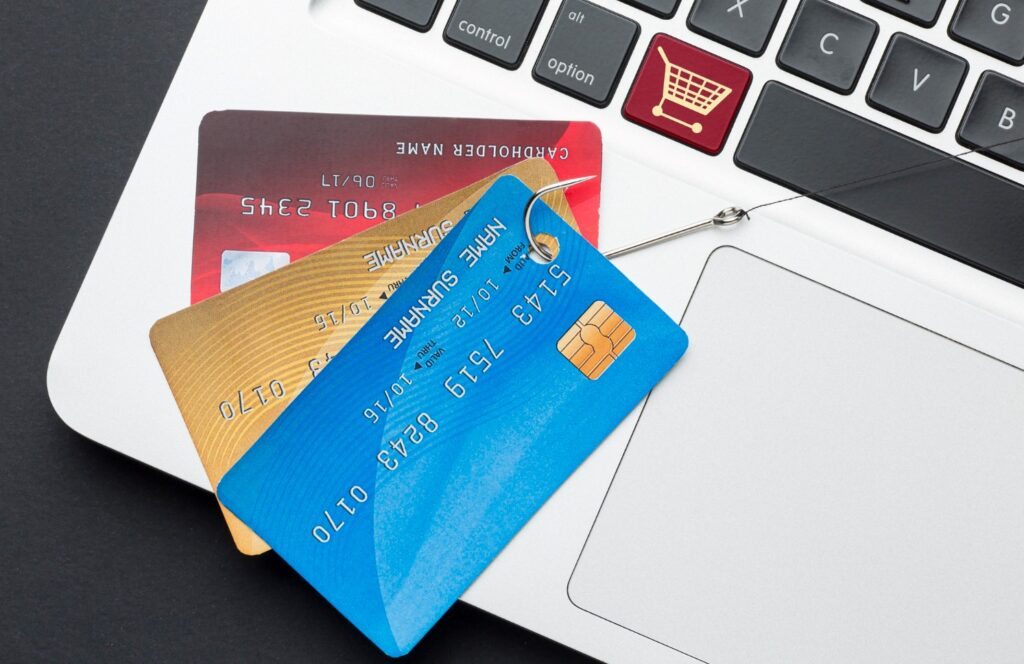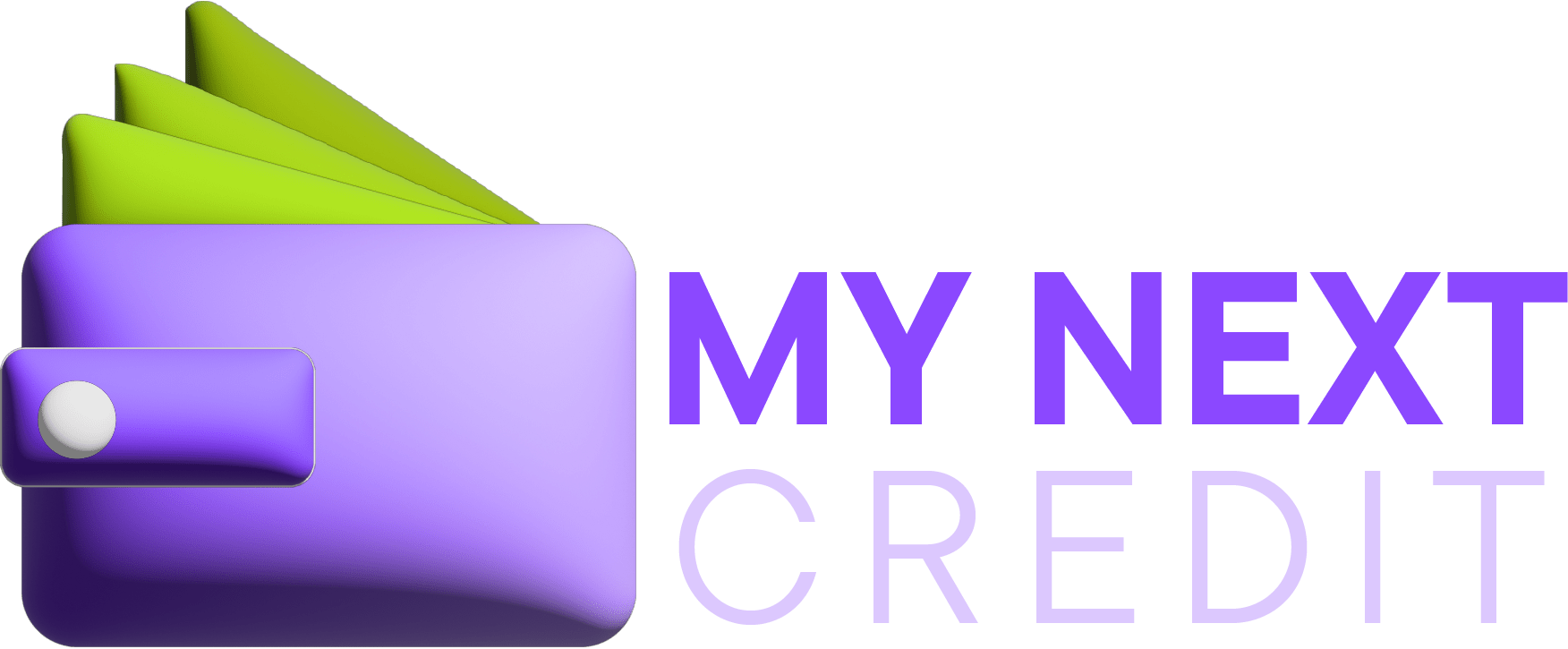Credit cards can be lifesavers during emergencies, providing immediate access to funds when urgent expenses cannot wait. Their convenience makes them an appealing option, especially in situations where time is of the essence. However, this same convenience can lead to significant financial pitfalls if not approached with caution and a solid plan. Without careful management, reliance on credit cards can quickly spiral into unintended debt accumulation, creating long-term financial strain that is difficult to reverse.
Using a credit card during emergencies requires more than simply swiping to cover costs—it demands thoughtful planning, disciplined spending, and a clear repayment strategy. By understanding the risks involved and implementing smart practices, you can use this financial tool effectively without jeopardizing your financial stability.
Understanding the role of credit cards in emergencies

Credit cards offer immediate access to funds, making them a tempting solution in emergencies. However, before reaching for that plastic, consider whether it’s the most suitable option. Assess the nature of the emergency: is it a genuine need, like unexpected medical expenses or urgent repairs, or could it be managed through other means? For example, personal savings or short-term loans might provide a less expensive alternative.
If using a credit card is unavoidable, determine how much you truly need to spend. Avoid overestimating the required amount, as it could increase your debt unnecessarily. Carefully read your card’s terms and conditions, focusing on interest rates and potential fees. Cards with low-interest rates or 0% introductory APR offers might serve better in emergencies, provided you understand the repayment timeline.
It’s essential to evaluate your ability to repay the amount borrowed within a reasonable timeframe. Entering an emergency with a plan to repay reduces the risk of accumulating high-interest debt. Remember, credit cards are tools, not solutions, and using them without forethought can worsen financial difficulties instead of resolving them.
Prioritize needs over wants
When facing an emergency, distinguishing between essential and non-essential expenses is critical. This clarity prevents unnecessary debt and ensures your credit card is reserved for genuine needs. Here are practical ways to identify priorities:
- Categorize expenses: List out immediate needs like healthcare, essential repairs, or emergency travel, separating them from non-urgent wants.
- Set a spending limit: Decide in advance how much you can afford to charge on your card without jeopardizing your financial stability.
- Use one card: Consolidate emergency spending on a single card with favorable terms to simplify repayment and track expenses more effectively.
- Track in real time: Regularly monitor your credit card balance through mobile apps or online banking to avoid exceeding your budget.
Resist the urge to overspend, even when the availability of credit makes it seem convenient. Emergencies are inherently stressful, often clouding judgment and leading to emotional, impulsive spending decisions that can exacerbate financial difficulties. To safeguard your financial stability, focus strictly on addressing your most urgent and essential needs.
Maintaining a disciplined approach in such situations helps you allocate resources wisely, avoiding unnecessary expenses that could escalate your debt. By prioritizing critical expenditures and remaining mindful of your overall financial picture, you can keep your spending in check and navigate emergencies without adding undue strain to your finances.
Planning for repayment and long-term stability
Once the emergency is under control, repaying your credit card balance should become your financial focus. Start by crafting a realistic repayment plan that fits within your monthly budget. Calculate how much you can afford to allocate toward the balance without neglecting other essential expenses.
Consider paying more than the minimum amount due each month. Minimum payments often only cover interest, barely reducing the principal balance. Accelerating repayment minimizes interest charges and helps you clear the debt faster. If possible, allocate any unexpected income, like bonuses or tax refunds, directly toward your credit card balance.
Debt consolidation might also be worth exploring if you’ve accumulated balances across multiple cards. A low-interest personal loan or balance transfer card can simplify repayment and reduce interest costs. However, ensure you fully understand the terms and avoid accumulating new debt during this period.
Finally, maintain open communication with your credit card provider. If repayment becomes challenging, many issuers offer hardship programs that can temporarily lower interest rates or adjust payment schedules. Proactively addressing repayment challenges helps preserve your financial health and credit score.
Conclusion
Credit cards can be invaluable during emergencies, offering quick access to funds when unexpected expenses arise. However, their convenience comes with potential risks, making caution and careful planning essential. To make the most of this financial tool without falling into debt traps, start by evaluating whether using a credit card is truly necessary.
Focus on prioritizing essential expenses over non-urgent wants and commit to a structured repayment plan to minimize interest and reduce the financial burden. Ultimately, financial resilience is not just about having access to credit but also about employing smart strategies to manage and repay it effectively.
